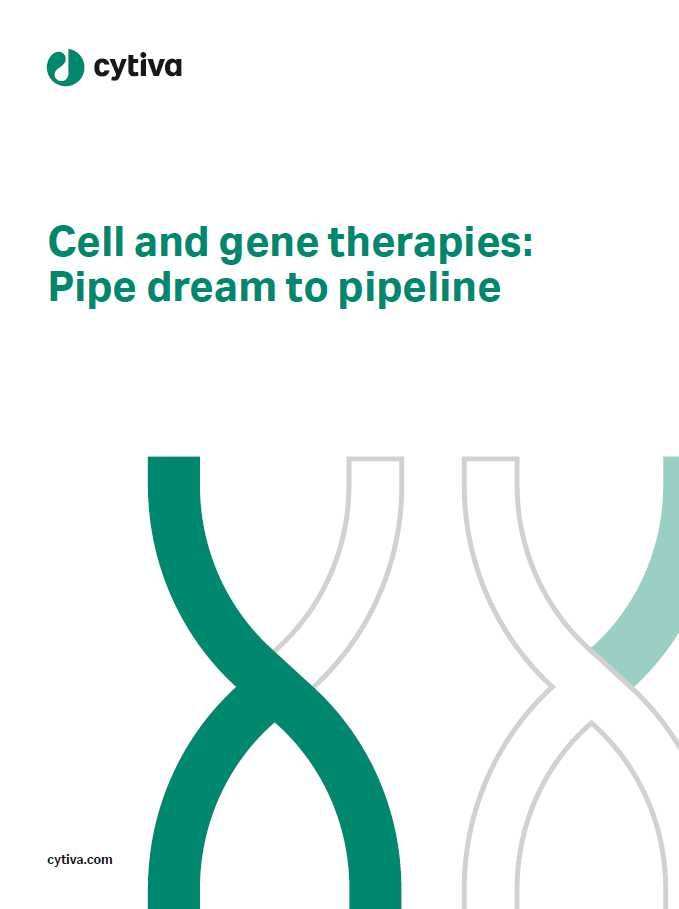
After another turbulent year in gene therapy development, all eyes are on five major trial readouts set for H1 2023. The clinical studies target rare blood disorders, inherited retinal diseases, and metastatic melanoma—each of which poses distinct trial design challenges.
First, two small trials for inherited retinal diseases—Nanoscope’s Phase II trial of VMCO-1 and Applied Genetic Technologies’s (AGT’s) Phase II/III study of AGTC-501—look to counter rare forms of vision loss. Meanwhile, new Phase III data expected for gene therapies from BioMarin in hemophilia A and Pfizer in hemophilia B headline the second generation of hemophilia gene therapies. Finally, OncoSec has topline results expected in Q1 2023 for a 143-patient Phase II collaboration with Merck in metastatic melanoma.
Overall, one of the biggest challenges to designing a successful gene therapy trial is choosing the right endpoints, explains Dr. Byron Lam, neuro-ophthalmologist at the University of Miami and gene therapy trial investigator. Several failed gene therapy trials targeted unrealistic outcomes, pursuing tough measures of disease improvement rather than more achievable endpoints of slowing disease progression, he notes. The next six months will shed new light on how the trial design of the next gene therapy studies will measure up.
Nanoscope and AGT look at vision loss
Both Nanoscope and AGT are focused on retinal diseases, testing gene therapies aiming to restore vision loss. First, Nanoscope expects topline data in Q1 2023 for the Phase II RESTORE trial (NCT04945772) of MCO-10, which targets a group of rare retinal diseases known as retinitis pigmentosa.
The Phase II study’s primary efficacy endpoint is the Y-mobility test, which measures patients’ ability to navigate between LEDs lights in a dimly lit room. Lam notes that there is strong precedence for a mobility test endpoint leading to an FDA approval; Roche’s Luxturna (voretigene neparvovec), the only FDA-approved therapy for an inherited retinal disease, used a similar mobility endpoint in a Phase III trial (NCT00999609).
Meanwhile, AGT’s AGTC-501, also known as laruparetigene zovaparvovec, has interim Phase II (NCT04850118) results expected in H1 2023. The study targets X-linked retinitis pigmentosa caused by mutations in the RPGR gene, which is a severe form of early onset retinal degeneration. As a primary endpoint, the study tests the proportion of responding eyes, although the trial listing does not offer details on the specific parameters of measurement.
BioMarin and Pfizer target hemophilia
BioMarin’s valoctocogene roxaparvovec is already marketed as Roctavian for hemophilia A in Europe, but the biotech is still seeking an FDA approval. The biotech hopes new Phase III data expected in early 2023 can bolster its regulatory chances.
BioMarin’s ongoing 22-patient, Phase III GENEr8-3 study (NCT04323098) uses a primary endpoint of change in factor VIII activity, testing valoctocogene roxaparvovec alongside corticosteroid use. Hemophilia A is caused by deficiencies in factor VIII, so increasing factor VIII is a strong surrogate of disease improvement, explains Radek Kaczmarek, PhD, who has researched gene therapies at Indiana University.
Meanwhile, Pfizer’s PF-06838435 is vying to join CSL’s Hemgenix (etranacogene dezaparvovec) as the only other approved therapy for hemophilia B. Hemophilia B is a rarer form of the same blood disorder, in this case caused by deficiencies in factor IX.
Pfizer plans to report key additional data at a scientific conference in early 2023 for the Phase III BENEGENE-2 study (NCT03861273) of PF-06838435 in adult males with severe hemophilia B. In late December, Pfizer announced that BENEGENE-2 met is primary endpoint of non-inferiority and superiority in the annualized bleeding rate (ABR), which Kaczmarek says is a validated marker of hemophilia activity.
OncoSec and Merck collaborate in melanoma
Rounding out the slate of major upcoming trial readouts is OncoSec’s tavokinogene telseplasmid for metastatic melanoma. The 143-patient Keynote-695 study (NCT03132675), which has Merck listed as a collaborator, has topline primary endpoint results expected in Q1 2023.
The Phase II tests tavokinogene telseplasmid, called “tavo” for short, alongside Merck’s Keytruda (pembrolizumab), using a primary endpoint of objective response rate (ORR) over two years by blinded independent central review (BICR). In early data released in November 2022, OncoSec announced that Keyone-695 met its key secondary endpoint of investigator-assessed ORR, demonstrating an ORR of 18.8% among 101 evaluable patients.
With no approved gene therapies for metastatic melanoma, the oncology field is eagerly awaiting Keynote-695’s primary endpoint results, which could confirm the positive data released so far.
Gene therapy trials on the rise
The five major gene therapy trials with readouts in H1 2023 are part of a larger trend in trial initiations. According to GlobalData’s Clinical Trials Database, gene therapy trials represent 0.91% of all planned trials in 2023, up from just 0.25% of all trials in 2014. GlobalData is the parent company of Clinical Trials Arena.
Alongside these major gene therapy readouts, 2023 could also see the first FDA approval for a CRISPR gene therapy. Meanwhile, GlobalData finds that investment in adeno-associated virus vectors (AAVs)—the typical delivery strategy for gene therapies—continues to rise. As the gene therapy field looks to leave behind its turbulent past of safety and efficacy challenges, H1 2023 could set the stage for a breakthrough year.
Editorial content is independently produced and follows the highest standards of journalistic integrity. Topic sponsors are not involved in the creation of editorial content.




